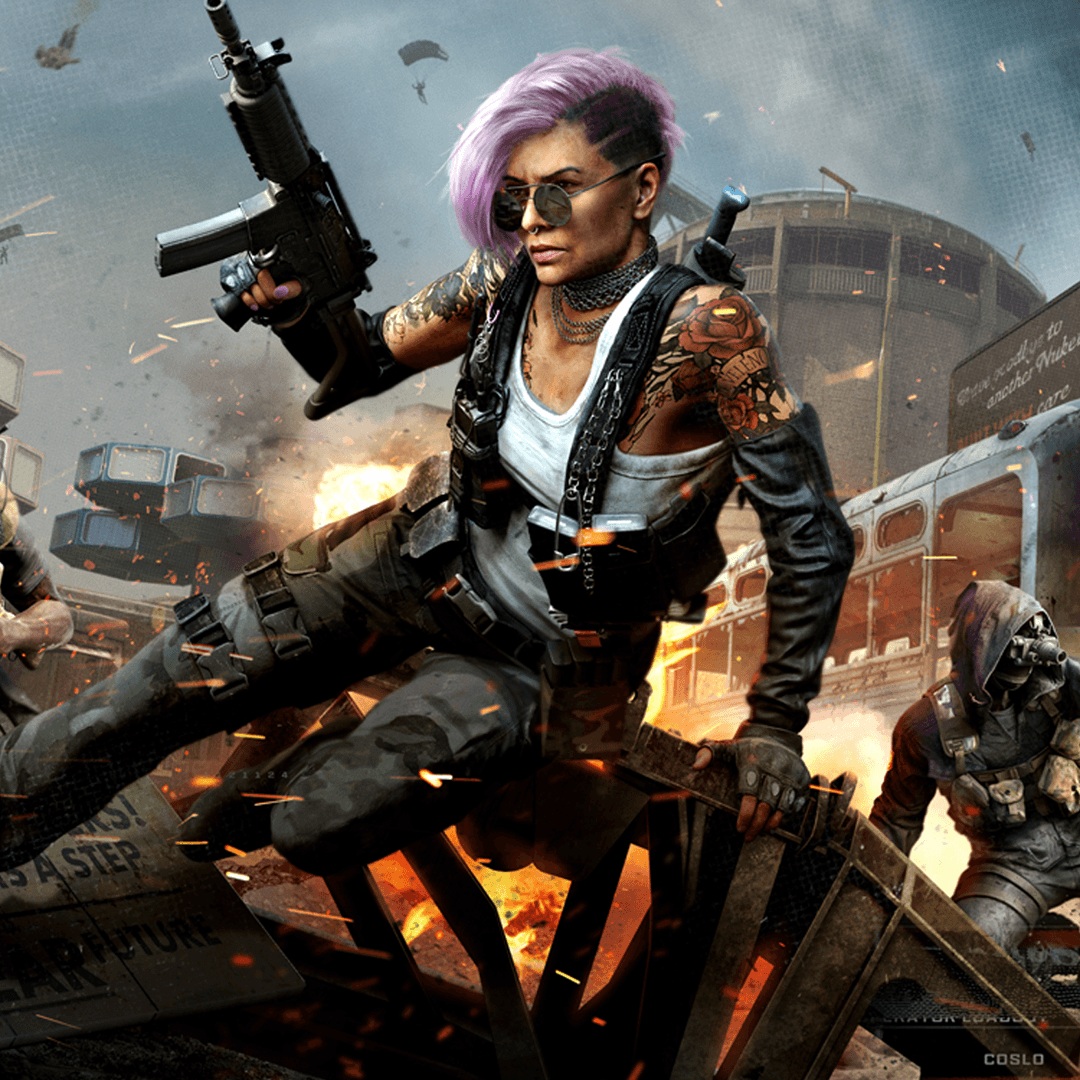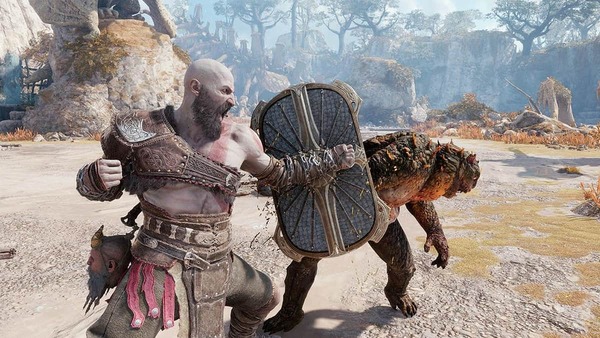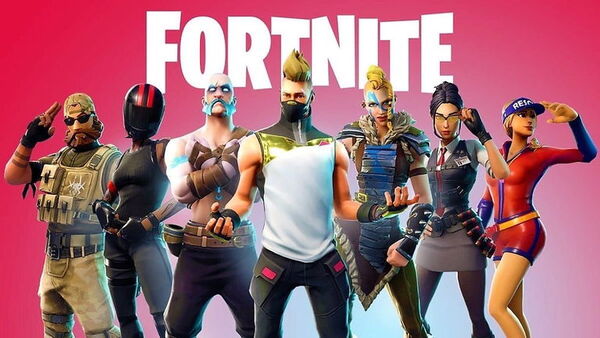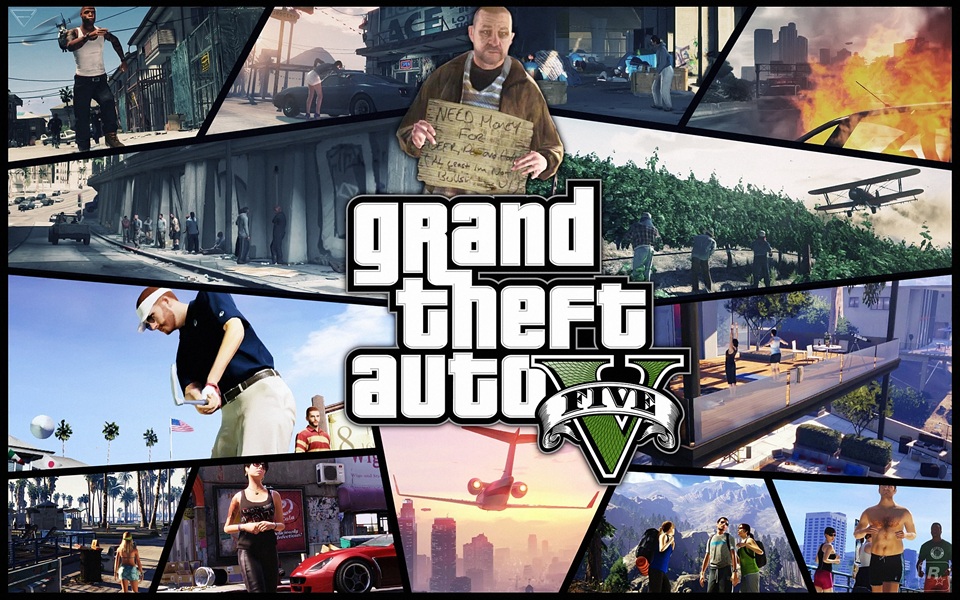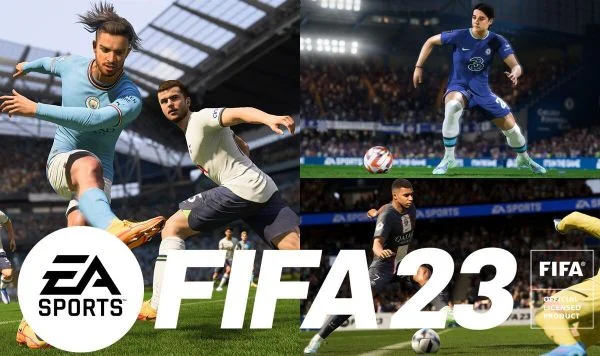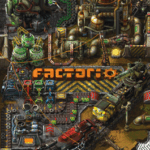Call of Duty®: Warzone™ 2.0, released on November 16, 2022, represents a major evolution in the free-to-play battle royale genre. Developed alongside Modern Warfare II, this installment redefines the Warzone formula with a new map, tactical changes, deeper gameplay systems, and fresh game modes. From the strategic complexity of multi-circle endings to a more immersive world powered by AI, Warzone 2.0 brings realism, innovation, and intensity to the forefront. This article breaks down its timeline, gameplay elements, technical strengths and flaws, and overall impact from the lens of a seasoned FPS gamer.
1. From Reveal to Release
Warzone 2.0 was first announced at the Call of Duty: Next event in September 2022. Activision highlighted a redesigned engine, seamless integration with Modern Warfare II, and the debut of an entirely new map—Al Mazrah. The anticipation was immense. Within five days of launch, over 25 million players had downloaded the game, a testament to the global popularity and the franchise’s strong branding. It launched across PC, PlayStation 4/5, and Xbox Series X/S with full cross-progression and cross-play.
2. Al Mazrah — A Living, Breathing Battlefield
Al Mazrah is the largest map in Warzone history, combining expansive desert zones, modern cities, rivers, underground bunkers, and mountainous terrain. Unlike Verdansk or Caldera, Al Mazrah offers strategic verticality and complex routes for rotations. Key points of interest include a terminal airport, oil refinery, and observatory. Familiar locations from previous Call of Duty titles were integrated seamlessly into the landscape. A key innovation is the multi-circle mechanic where the safe zone splits into separate circles during endgame, forcing players to adapt to unpredictable final showdowns. The presence of water-based routes and underwater combat added another tactical dimension, encouraging creative playstyles.
3. Game Modes and Mechanics
Warzone 2.0 retained the classic battle royale experience but with critical enhancements. Loadout drops were more limited at launch, shifting the focus to ground loot and weapon adaptation. Buy Stations were reworked, allowing squad-based purchases and more strategic choices. The new Gulag 2.0 involved 2v2 fights, shared loadouts, and the presence of an AI jailer that players could defeat to earn release. The DMZ mode was Warzone’s boldest addition. Inspired by extraction shooters like Escape from Tarkov, DMZ blended PvE and PvP gameplay with objectives, AI factions, loot, and long-term rewards. It offered a more methodical pace and became a fan favorite for players looking beyond traditional BR. Additional modes such as Resurgence and Plunder returned with high-tempo, respawn-based gameplay for players who favored action over survival.
4. Gameplay Innovations
The game introduced several innovations in movement and gunplay. Players could now swim, dive underwater, hang from ledges, and tactically sprint or dolphin dive, making traversal more dynamic than ever. Vehicles were redesigned with fuel consumption, repair mechanics, and more realistic handling. Tactical options expanded with proximity chat, AI-controlled strongholds, and loadout safes. The revamped Gunsmith system, shared with Modern Warfare II, allowed deeper customization, progression across weapons, and flexible attachment options. Players could modify their weapons based on engagement range, recoil control, and mobility without resetting unlocks.
5. Audio, Performance, and Anti-Cheat
Warzone 2.0 featured high-quality spatial audio, where the direction of footsteps, gunfire, and explosions could be determined precisely—an advantage for players using headphones. Environmental sounds like echo, water movement, and weather effects made firefights more immersive. Performance was optimized for current-gen systems, though early versions had occasional crashes and optimization issues on older consoles. Activision deployed Ricochet anti-cheat from day one, integrating kernel-level protection and behavior monitoring. It proved effective early on, though cheating spikes were still reported during certain seasons. Regular backend updates improved detection and player confidence.
6. Seasonal Content and Roadmap
The game launched with Season 1 content, followed by regular updates every 6–8 weeks. Seasons added new weapons, operators, vehicles, limited-time modes, and map adjustments. Season 2 introduced the Ashika Island map—a smaller, fast-paced battleground ideal for Resurgence. Ranked Play was launched in Season 3, along with weapon balancing changes that redefined the game’s meta. Seasonal events such as Vondel Lockdown and Mutation Resurgence kept the gameplay fresh, while community feedback shaped reworks and quality-of-life improvements. Warzone 2.0’s integration with Modern Warfare II content ensured a unified experience across multiplayer, co-op, and battle royale modes.
7. Community Response and Reception
Reception was mixed but gradually improved. Critics praised the visual fidelity, more grounded gameplay, and new mechanics like AI combatants and loadout reworks. However, longtime players criticized the slower pacing and loadout limitations at launch. Many of these concerns were addressed through patches. The DMZ mode received praise for innovation but lacked long-term progression, which some players found limiting. Streamers and professional players expressed divided opinions, though ranked play and seasonal competitive ladders reinvigorated interest. Across social platforms, community sentiment gradually shifted as updates made the game more balanced and engaging.
